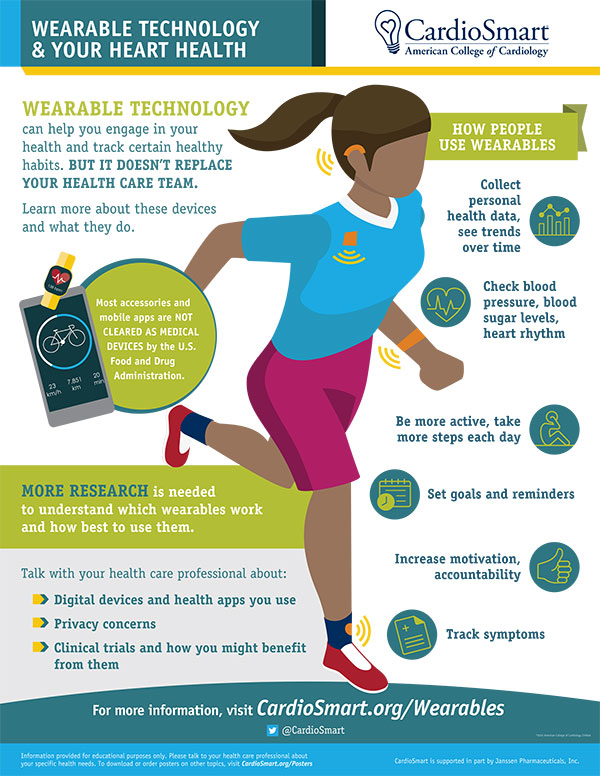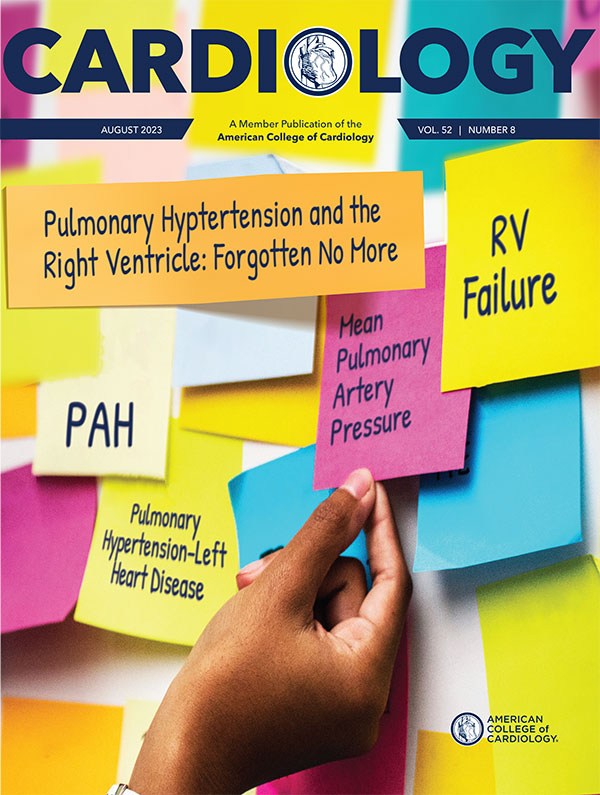Just One More | Top 10 Takeaways: Consumer Wearable Devices in CV Medicine

The rapid growth in the use of consumer wearable devices (CWDs) means that clinicians are facing new challenges, including how to best integrate the volume of data into clinical care and how to optimize their use for patient assessment and management.
A recent JACC State-of-the-Art review sheds light on these issues and more. Ten key takeaways include:

Increased use of CWDs has led to democratization in access to physiologic data, although it presents challenges for clinicians who are often asked to interpret the data. Challenges with interpretation are magnified by diversity in CWD-collected metrics, CWD use of proprietary algorithms, and the absence of normative data for most parameters.

Most CWDs measure heart rate (HR) using optical photoplethysmography (PPG), commonly at the wrist or finger, or electrocardiography (ECG), typically in the form of commercial chest straps. PPG-based HR measurements are challenging to interpret and implement in practice given variability in CWDs studied, testing conditions, and gold-standard comparators. As PPG-based measurements are used to derive many secondary variables, inaccuracies in measurement are often magnified downstream.

Heart rate variability (HRV), while shown to have prognostic value among cardiovascular disease populations, is challenging to collect and interpret in clinical practice. CWDs use a variety of different metrics to calculate HRV (both time and frequency domain metrics), are often sensitive to ectopic beats, and were validated in controlled research settings. Interpretation of HRV using absolute values is discouraged, although trends over time and when integrated with the clinical history may be valuable.

Several popular CWDs have received regulatory approval for atrial fibrillation (AFib) detection. These algorithms were designed, however, for AFib screening (not for other arrhythmias) and do not quantify arrhythmia burden. Detecting an irregular pulse does not diagnose AFib. If a patient's device has ECG capabilities, the patient may record a single ECG tracing, but this requires user interaction and subsequent clinician review, which has the potential to increase clinician burden.

Several methods of wearable blood pressure measurements exist or are under development, although validation in diverse cohorts and contexts is still needed before these can be used widely.

The use of CWDs to track step count has been shown to increase physical activity and improve body composition. There is wide variability in the accuracy of CWD-based step counts, however, based on manufacturer, model, speed, testing environment and body location.

CWDs have been shown to improve patient-reported sleep quality. Compared to gold-standard polysomnography, CWDs demonstrate good performance for defining sleep duration but are less accurate at detecting wakefulness and for differentiating the stages of sleep.

In general, interpretation of CWD data requires awareness of clinical context and individual trends over time.

As PPG is the primary method used by many CWDs to measure various health metrics, measurement errors impact a significant number of measured and estimated variables. Skin tone, motion, anatomic location of measurement, and anatomic fit are some of many factors impacting the strength of PPG signals. In the case of skin tone, CWDs have shown decreased accuracy in persons with darker skin tones, which has the potential to exacerbate structural health disparities.

Ownership imbalance in CWDs has perpetuated disparities, as research studies often recruit individuals who already own CWDs. To avoid worsening structural inequities, it is essential that these devices be studied in diverse populations and environmental conditions.

Engage With Patients
Expand the conversation about using wearable technology with your patients with this free infographic from CardioSmart. Click here to download it today.
Clinical Topics: Arrhythmias and Clinical EP, EP Basic Science, Atrial Fibrillation/Supraventricular Arrhythmias
Keywords: ACC Publications, Cardiology Magazine, Heart Rate, Atrial Fibrillation, Thoracic Wall, Cardiovascular Diseases, Oxygen, Electrocardiography, Cardiac Complexes, Premature, Wearable Electronic Devices, Biosensing Techniques, Prognosis, Ownership, Body Composition
< Back to Listings

